Welcome to part 5 of a series where we'll be posting some observations and experiences about the various plant species from our forest gardens and regenerative landscapes, as well as interesting plants and polycultures from around the world. We'll be featuring plants from different layers of the forest garden, presenting some established polycultures, and providing some suggestions about how to design, build and manage forest gardens and regenerative landscapes.
Forest Garden Plants
Canopy Layer - One of the easiest fruit trees to grow in our region are Cherry Plums - Prunus cerasifera. They grow wild in our area and we strongly encourage them to grow in our forest gardens.
The taste of the fruit can vary drastically between trees, some juicy, with a perfect balance of sweet and sourness and other mealy and dull tasting. The poor tasting fruits we cut for timber. These pants are certainly the most reliable croppers in our gardens, rarely touched by pests of disease.
Shrub Layer - Hibiscus syriacus - Rose of Sharon are well known for their large, showy blooms in shades of pink, purple, white, and blue. It’s less well known that the flowers are edible with a mild, slightly tangy flavor and can be consumed both raw and cooked. The petals of the flowers are the edible part, while the sepals and the center of the flower are generally not consumed. The flowers are also rich in nectar, which serves as a valuable food source for pollinators, including honeybees and native solitary bees.
In many hot temperate climates I’ve seen these plants used in hedging. The drought tolerance and relatively slow growth makes them a good option. The plants do well in full sun but are also happy in partial shade, fitting nicely into the shrub layer of a forest garden.
Herb Layer - One of the most beautiful herbaceous plants in my opinion are Echinops spp. We have 6 species of Echinops here in Bulgaria, 4 of which are ubiquitous across the country. Here is what I believe to be Echinops bannaticus- Blue Globe Thistle that grow wild in the wild meadows around the garden.
These plants are incredibly popular among pollinators, particularly bees, providing an abundance of nectar they are a valuable food source for these creatures. The plants are well-adapted to survive in dry and challenging conditions making them an excellent choice for xeriscaping and with a deep taproot they are most likely providing a valuable role as a mineral repositor too.
Echinops bannaticus is widely cultivated for its ornamental value but here in it’s native range it faces threats due to habitat loss and we strive to grow many plants from seed and fill out the understory and sunny gaps of our forest gardens with these plants.
Ground Layer - Periwinkle - Vinca minor, a great evergreen ground cover plant for shady areas, flowering early in the season, providing a source of early forage for bees. These plants are extremally easy to propagate via layering making it very easy to turn a few plants into 100s within a few seasons and densely plant out to provide a very rapidly forming cover.
The cover does a good job of keeping an area weed free and also provides shade to the soil during the high summer and a protection of the soil from erosion year around.
Regenerative Landscape Design - Online Interactive Course
Want to learn how to design, build and manage regenerative landscapes? Join us on our Regenerative Landscape Design - Online Interactive Course. We look forward to providing you with the confidence, inspiration, and opportunity to design, build and manage regenerative landscapes, gardens, and farms that produce food and other resources for humans while enhancing biodiversity.
You can find the course details here and at the moment we have a $350 ( 20%) discount for full enrollment to the course. Just use RLD2024 in the promo code section of the registration form to receive your discount.
Wildlife
Northern white-breasted hedgehog - Erinaceus roumanicus is a common visitor in our gardens. These mammals are skilled hunters, preying on various invertebrates such as beetles, worms, slugs, and caterpillars as well as small vertebrates like frogs, mice, and even snakes. They also incorporate some plant matter into their diet, including fruits, berries, as well as mushrooms.
Straw bale stacks, as the name suggests, are simply a number of bales stacked up. We get bales that cannot be used for animal bedding (as they have been exposed to rain) from a nearby farm. The ones we don’t use for mulch are stacked around the site and we have found they provide excellent habitat for overwintering and sheltering toads, frogs, lizards, and snakes. A single bale will provide great habitat for a range of invertebrates but you need at least 2 layers of bales for the reptiles and amphibians to move in.
Mantis religiosa cocoon (ootheca) at the base of the Cornus mas tree we planted last year in the windbreak row. Females lay between 25-50 eggs in these white hardened foam ootheca (cocoon). Although Mantids are generalist predators and will eat a range of insects including those that are beneficial the young mantids have an appetite for aphids and the adults will often prey on pests such as crickets and caterpillars.
Simple things you can do to actively encourage and keep beneficial organisms, specifically invertebrates within your landscapes;
Don’t use any -icides, organic or non-organic
Integrate plenty of densely planted support polycultures that flower throughout the year and include evergreen species
set aside areas that are undisturbed for wild plants to grow
Leave dead herbaceous plant growth to overwinter
Provide other microhabitats for nesting and overwintering
Use a large % of native plants as well as exotics that may extend flowering periods
Ensure you have a perennial water source and the soils are kept moist throughout the year
Keep soils well mulched and undisturbed by foot traffic
Polycultures
In the winter of 2022 and 2023 I had the privilege to spend some time in Egypt. Away from city and all along the Nile and in the delta region pretty much all of the gardens are Forest Gardens. My favorite part of Egypt is certainly Aswan in the south of the country
Here is a fine example of a polyculture from a Nubian settlement of Elephantine Island in Aswan - Egypt. Typical of the region, 20 m high Mango trees, banana, fig, and date palms make up canopy layers and mainly alfalfa on the ground but also some corn and sugar cane on the boundaries.
There were a number of nitrogen-fixing shrubs planted in the understory and within boundary hedging, including Moringa spp. and herbaceous vines too that I did not manage to identify.
For more on plant observation from travels in Egypt see here - here and here
Herb Polyculture from our Forest Garden
Plant Profiles below
You can find plants 100's of plants for Forest Gardens, categorized by layer here
That’s all for this week!
Support Our Project
If you appreciate the work we are doing you can show your support in several ways.
Become a member of the Bloom Room. A $70 annual or $7 per month subscription to our Substack provides you with access to live sessions, design tutorials, a members forum and more, see details here.
Make a purchase of plants or seeds from our Nursery or Online Store
Joining us for one of our Practical Courses or Online Courses
Comment, like, and share our content on social media.
If you appreciate the work we are doing you can show your support in several ways.
Become a member of the Bloom Room. A $70 annual or $7 per month subscription to our Substack provides you with access to live sessions, design tutorials, a members forum and more, see details here.
Make a purchase of plants or seeds from our Nursery or Online Store
Joining us for one of our Practical Courses or Online Courses
Comment, like, and share our content on social media.

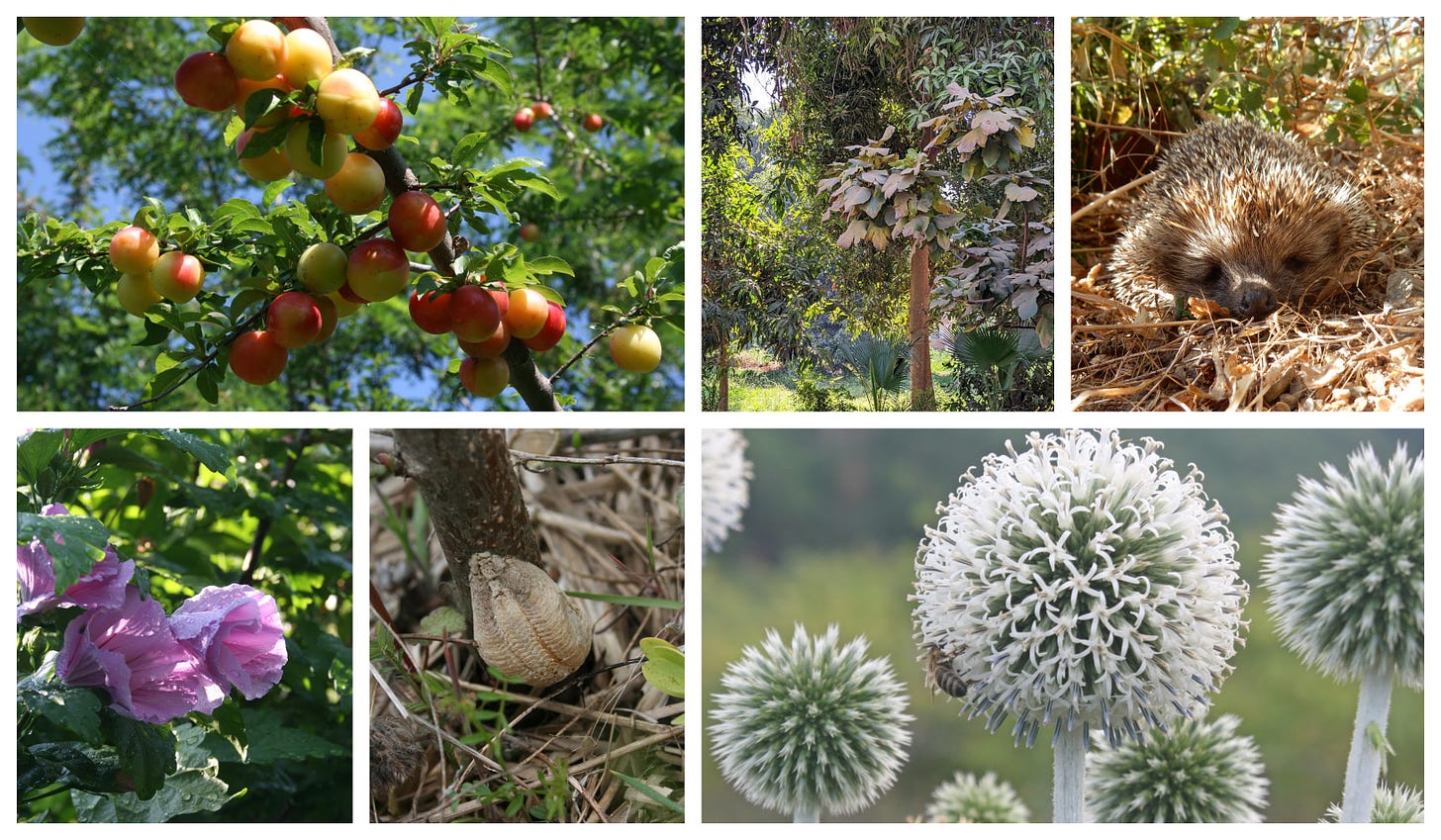





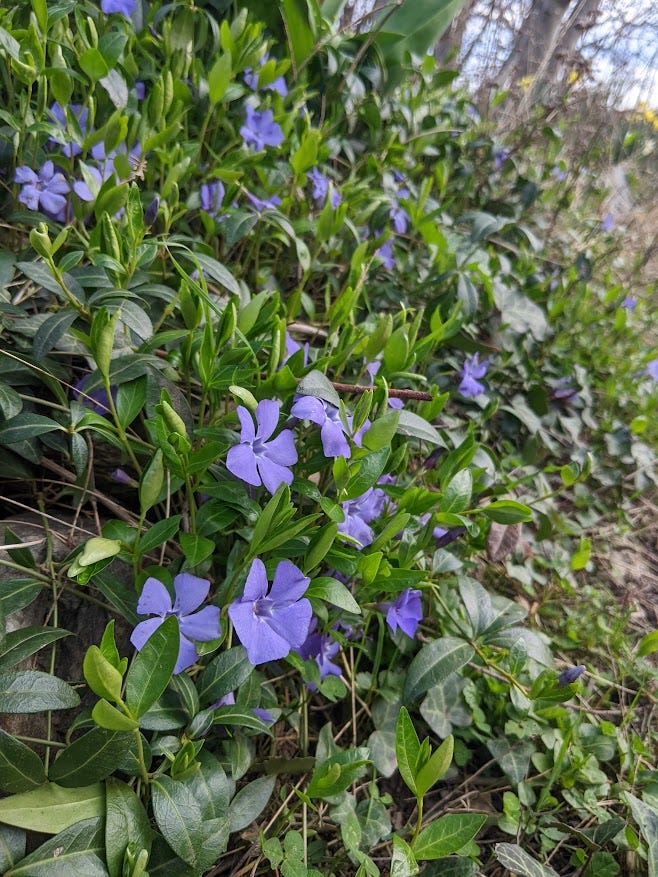






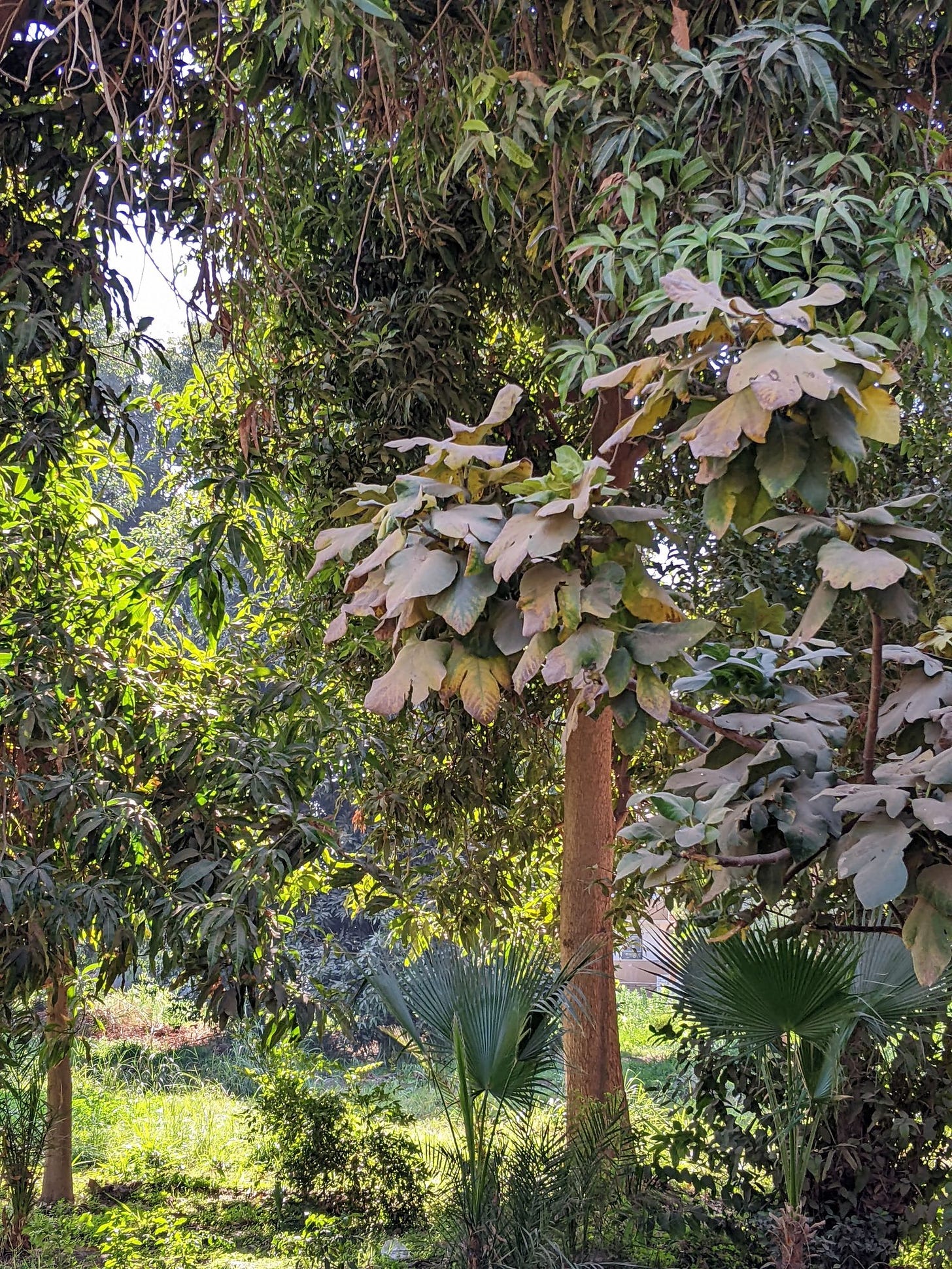



.JPG)

.jpg)



.jpg)
.jpg)

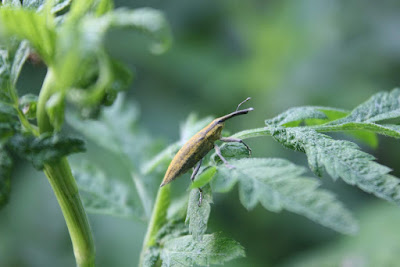
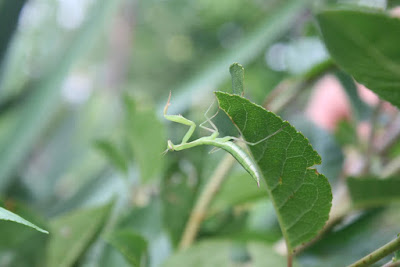
.jpg)
